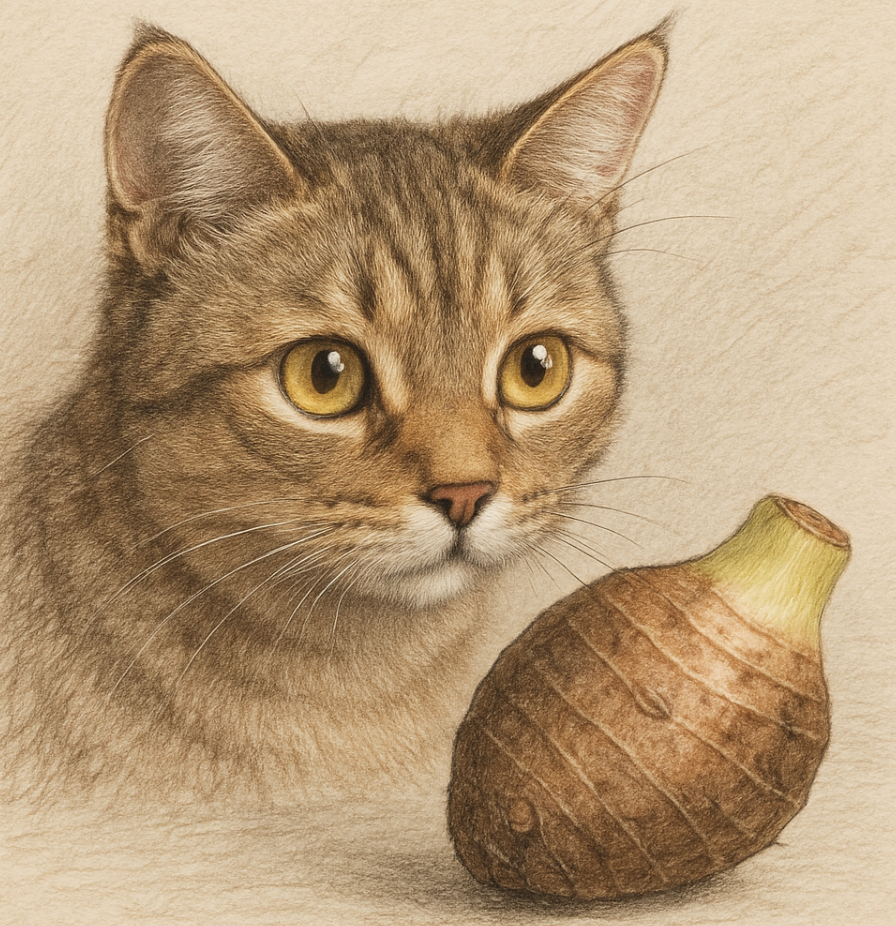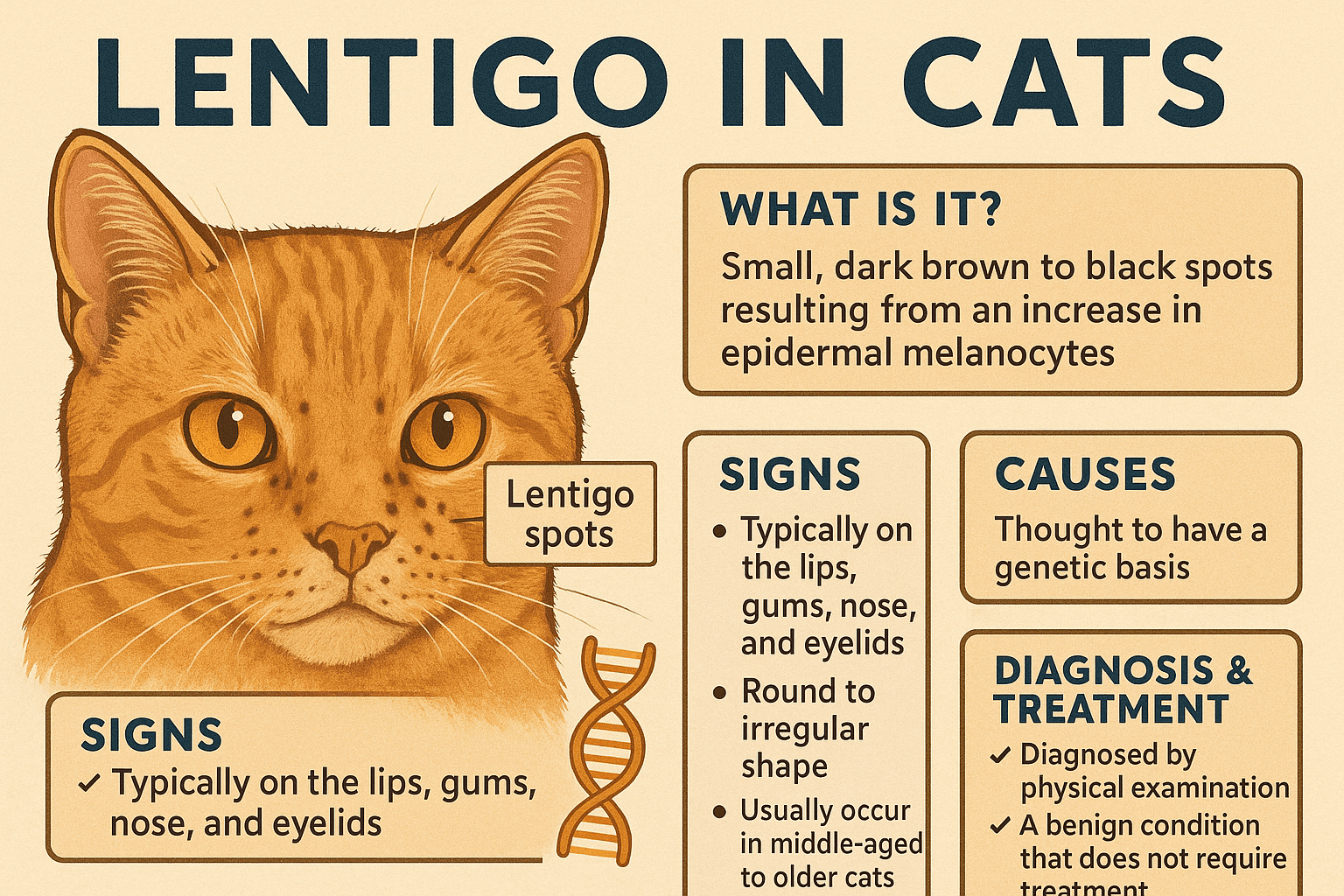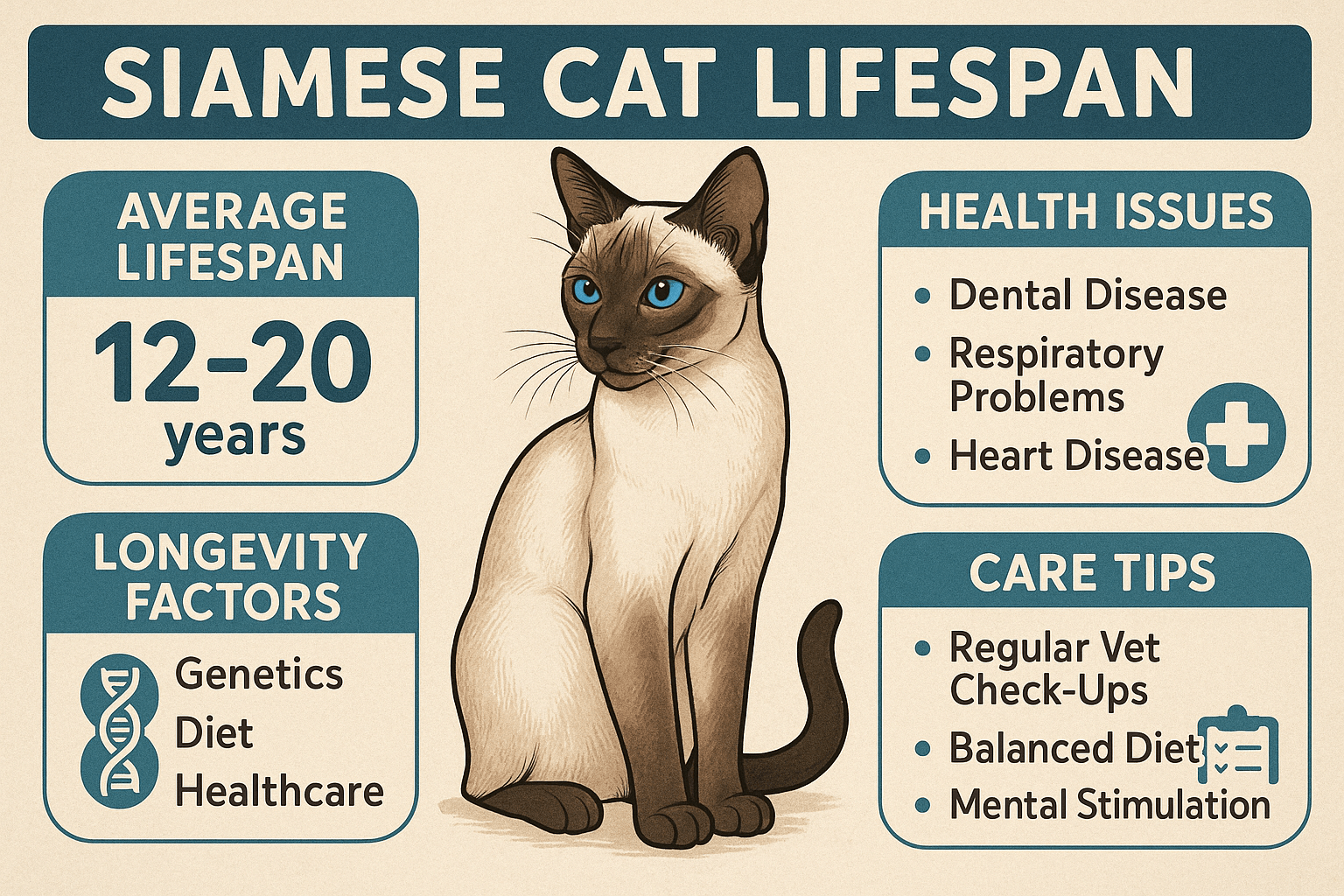Can Cats Eat Taro? What You Need to Know
As a cat owner, you’re likely familiar with your feline friend’s curious nature when it comes to food. Whether they’re eyeing your dinner or sniffing around the kitchen, cats often show interest in what we eat. One question that frequently arises is whether cats can safely consume taro—a starchy root vegetable commonly used in human cuisine. While taro is nutritious for humans, its safety for cats depends on how it’s prepared and served. In this blog post, we’ll explore the potential risks and benefits of feeding taro to your cat, along with expert advice to ensure your pet stays healthy and happy.
Potential Risks of Feeding Taro to Cats
While taro may seem harmless, it contains compounds that can pose risks to cats if not handled properly. Understanding these dangers is crucial before offering taro to your furry companion.
Oxalates in Raw Taro:
Raw taro contains calcium oxalate crystals, which can irritate a cat’s mouth, throat, and digestive system, causing discomfort or even swelling.Choking Hazard:
Large chunks of taro can be difficult for cats to chew and swallow, increasing the risk of choking.Digestive Upset:
Cats have sensitive stomachs, and unfamiliar foods like taro can lead to vomiting, diarrhea, or constipation.High Carbohydrate Content:
Taro is high in starch, which cats don’t need in large amounts since they are obligate carnivores. Excess carbs can lead to weight gain or obesity.Toxicity Risk from Seasonings:
If taro is cooked with spices, salt, or other additives, it can become toxic or harmful to your cat’s health.
These risks highlight why caution is essential when considering taro as a treat for your cat. Always prioritize their safety over curiosity.
Benefits of Taro for Cats (When Prepared Safely)
When prepared correctly, taro can offer some nutritional benefits for cats, though it should never replace their primary diet. Here’s what makes taro potentially appealing for felines.
Source of Fiber:
Taro contains dietary fiber, which can aid digestion and support gut health when given in small amounts.Low Fat Content:
Unlike fatty meats or treats, taro is naturally low in fat, making it a lighter option for occasional snacking.Hydration Support:
Cooked taro has a high water content, which can help keep your cat hydrated, especially if they don’t drink enough water.Vitamins and Minerals:
Taro provides nutrients like vitamin C, potassium, and magnesium, which contribute to overall health in moderation.Novel Texture Experience:
For curious cats, trying new textures can provide mental stimulation and enrichment.
While these benefits exist, they must be weighed against the potential risks to determine if taro is truly suitable for your cat.
Check this guide 👉Can Cats Eat Passion Fruit? Best 7 Expert Tips!
Check this guide 👉Can Cats Eat Dragon Fruit? Best 7 Expert Tips!
Check this guide 👉Can Cats Eat Sunflower Oil? Best 7 Expert Tips!

Safe Ways to Serve Taro to Cats | Risks of Unsafe Preparation |
|---|---|
Boiled and plain (no seasoning) | Raw taro containing oxalates |
Small, bite-sized pieces | Large chunks posing a choking hazard |
Mixed with wet cat food in moderation | Added salt, sugar, or spices |
Plain mashed taro | Overfeeding leading to digestive upset |
Occasional treat, not daily staple | Weight gain from excess carbohydrates |
How to Safely Introduce Taro to Your Cat
If you decide to give your cat taro, it’s important to take precautions to minimize risks. Follow these guidelines to ensure a safe experience.
Cook Thoroughly:
Always cook taro until soft to neutralize harmful compounds like oxalates. Avoid frying or adding oils.Serve Plain Only:
Do not season taro with salt, spices, or sauces, as these can upset your cat’s stomach or be toxic.Start with Small Portions:
Offer a tiny piece first to monitor your cat’s reaction and ensure they tolerate it well.Monitor for Allergic Reactions:
Watch for signs of itching, swelling, or gastrointestinal distress after introducing taro.Consult Your Veterinarian:
Before incorporating taro into your cat’s diet, seek advice from your vet to confirm it’s appropriate for your pet.
By following these steps, you can mitigate risks while allowing your cat to enjoy the occasional treat.
Signs Your Cat May Not Tolerate Taro
Even with precautions, complications can arise if your cat consumes taro improperly. Watch for these warning signs to act quickly if something goes wrong.
Excessive Drooling:
Drooling could indicate irritation caused by calcium oxalate crystals in raw or improperly prepared taro.Difficulty Swallowing:
Swelling or discomfort in the throat may occur if your cat eats raw taro or large chunks.Vomiting or Diarrhea:
These symptoms suggest that your cat’s digestive system is struggling to process the taro.Lethargy or Loss of Appetite:
A sudden lack of energy or refusal to eat might signal an adverse reaction to the food.Pawing at the Mouth:
This behavior often indicates irritation or pain in the mouth or throat after consuming taro.
Recognizing these signs early allows you to seek veterinary care promptly, preventing further complications.
Common Mistakes to Avoid When Feeding Taro
Feeding taro to your cat requires careful consideration to avoid mistakes that could endanger their health. Here are some pitfalls to watch out for.
Offering Raw Taro:
Raw taro contains harmful oxalates that can irritate your cat’s mouth and digestive tract. Always cook it thoroughly.Adding Harmful Seasonings:
Salt, spices, or sauces can upset your cat’s stomach or even be toxic. Stick to plain, unseasoned taro.Ignoring Portion Control:
Overfeeding taro can lead to digestive issues or weight gain. Treat it as an occasional snack, not a meal replacement.Leaving Chunks Too Large:
Large pieces can pose a choking hazard or be difficult for your cat to digest. Cut taro into small, manageable bites.Skipping Veterinary Advice:
Failing to consult your vet can result in unknowingly harming your cat with inappropriate food choices.
Avoiding these mistakes ensures a safer and healthier experience for your cat.
Alternatives That Mimic the Benefits of Taro
If you’re hesitant about feeding taro, there are plenty of alternatives that mimic its benefits without the associated risks.
Plain Cooked Pumpkin:
Rich in fiber and hydration, pumpkin supports digestion and is gentle on your cat’s stomach.Steamed Carrots:
Low in fat and packed with vitamins, steamed carrots are a safe and nutritious option.Boiled Sweet Potato:
High in fiber and antioxidants, sweet potato is another excellent alternative to taro.Bone Broth (Unsalted):
Strained and sodium-free bone broth offers hydration and nutrients without the choking hazard.Cat-Specific Treats:
Commercial treats designed for cats provide variety without risking their health.
These alternatives allow you to cater to your cat’s needs while keeping them safe.
Understanding Your Cat’s Natural Instincts Around Food
Cats are naturally curious creatures, and their instincts drive them to investigate new foods. Understanding their behaviors helps explain their fascination with human foods like taro.
Exploratory Behavior:
Cats use their senses, including smell and taste, to explore unfamiliar objects, including food items.Preference for Protein:
As obligate carnivores, cats crave protein-rich diets, so plant-based foods like taro aren’t naturally appealing.Curiosity About Textures:
Cats may be drawn to the unique texture of taro, mistaking it for prey or play objects.Nutrient Seeking:
Though rare, cats may occasionally seek specific nutrients found in vegetables, though meat remains their primary source.Territorial Marking:
Investigating and tasting new foods can serve as a way for cats to assert ownership or relieve stress.
By recognizing these behaviors, you can better address your cat’s needs in a safe and controlled manner.
Frequently Asked Questions About Cats and Taro
Can cats eat raw taro?
No, raw taro contains harmful compounds like oxalates that can irritate your cat’s mouth and digestive system.
How much taro can I give my cat?
Limit taro to very small portions as an occasional treat, ensuring it doesn’t replace their regular diet.
Is taro toxic to cats?
Taro isn’t inherently toxic, but improper preparation or overfeeding can cause harm.
What should I do if my cat eats raw taro?
Monitor them closely for signs of irritation or illness, and contact your veterinarian if symptoms appear.
Are there safer alternatives to taro?
Yes, plain cooked vegetables like pumpkin or carrots are gentler options for cats.
Prioritizing Your Cat’s Health When It Comes to Taro
Feeding taro to your cat can be a double-edged sword, offering some nutritional benefits but also posing significant risks if not handled carefully. By understanding the dos and don’ts of preparing and serving taro, you can ensure your cat stays safe and healthy. Always prioritize their primary diet of high-quality cat food and consult your veterinarian before introducing any new foods. Remember, your feline friend relies on you to make the best dietary choices for them—so always err on the side of caution.
How to Find a Lost Cat: Best 7 Expert Tips! Discover actionable strategies to locate your missing cat, understand their behavior, and prevent future escapes with expert advice.
Is Dieffenbachia Toxic to Cats? Best 7 Expert Tips! Discover the dangers of Dieffenbachia, symptoms of poisoning, and how to keep your cat safe with expert advice and preventive measures.
Lentigo in Cats: Best 7 Expert Tips! Discover expert advice on understanding, identifying, and managing lentigo in cats to ensure your feline's health and happiness.
Siamese Cat Lifespan: Best 7 Expert Tips! Discover how to maximize your Siamese cat’s longevity with expert advice on health, care, and lifestyle for a happy, thriving feline companion.




